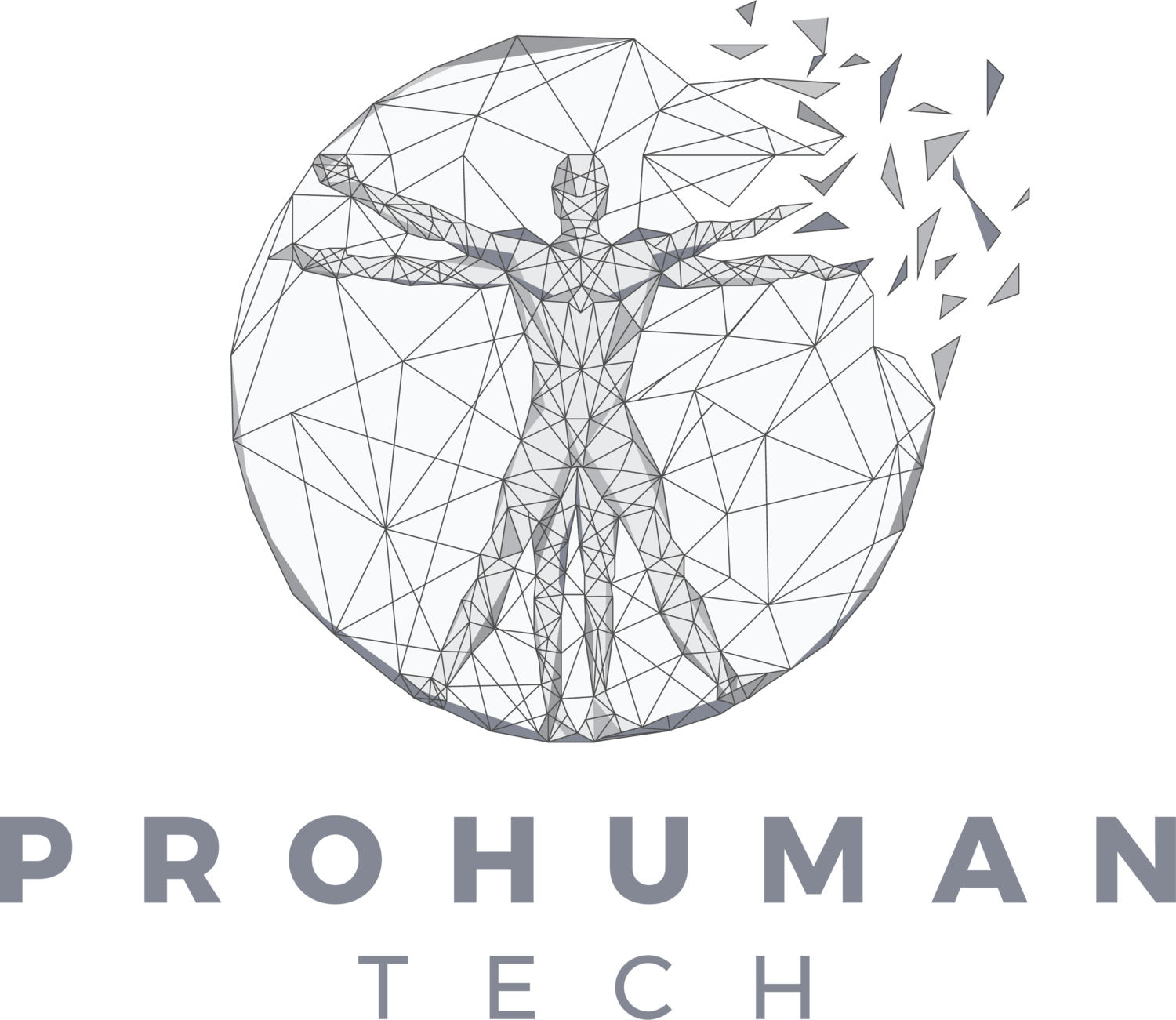
We are here to change the game.
The value we can deliver.
Pain relief + recovery = Getting the job done
Safe tech + Rechargeable = Performance
No office visits + long term durability = Cost Reduction
Mobile Therapy = Time Savings
Science of the locker room to home = Accessibility
Compliance + data integration = Risk Reduction
Patients since the 1990’s have increasingly been prescribed opioid or narcotic painkillers resulting in an epidemic with estimated societal costs (healthcare, criminal justice, workplace) of over $78 billion annually, and resulting in 67,000 deaths in the United States alone during 2018.
From 1999–2018, almost 450,000 people died from an overdose involving any opioid, including prescription and illicit opioids. Thus development of new therapies and devices that are non-addictive and provide long-term pain relief are desperately needed.
Enhanced pain management treatments commercially available today have one or more drawbacks that do not support the long-term wellbeing of the individual. For example, opioids and analgesics can come with serious adverse side effects or addiction; physical therapy and manual adjustment is often not accessible for long-term use and requires skilled staff at physical locations; and even innovative sports medicine devices are at price points that keep it inaccessible and require treatment in a clinical or stationary setting.
This lack of non-addictive, easy-to-use devices at the point-of-care is a significant unmet need. To address this unmet need, Prohuman Technologies is developing a wearable device that electronically automates contrast therapy (alternating heating cycles of up to 115 F and cooling cycles down to 45 F) and adds passive and mechanical compression to provide relief from chronic and acute musculoskeletal pain. To aid the NIH’s call for both enhanced pain management devices and objective pain measurement, the device can be outfitted with a Heart Rate Variability sensor. Current research has shown wide-ranging implications for wellbeing and objective pain measurement. Tracking HRV may be a great tool to motivate behavioral change for some and can help create more awareness of how the user lives and thinks, and how behavior affects your nervous system and bodily functions. When combined, these technologies will be contributing towards a paradigm shift from a curative and reactive medicine, to a more preventive, proactive and personalized medicine.
